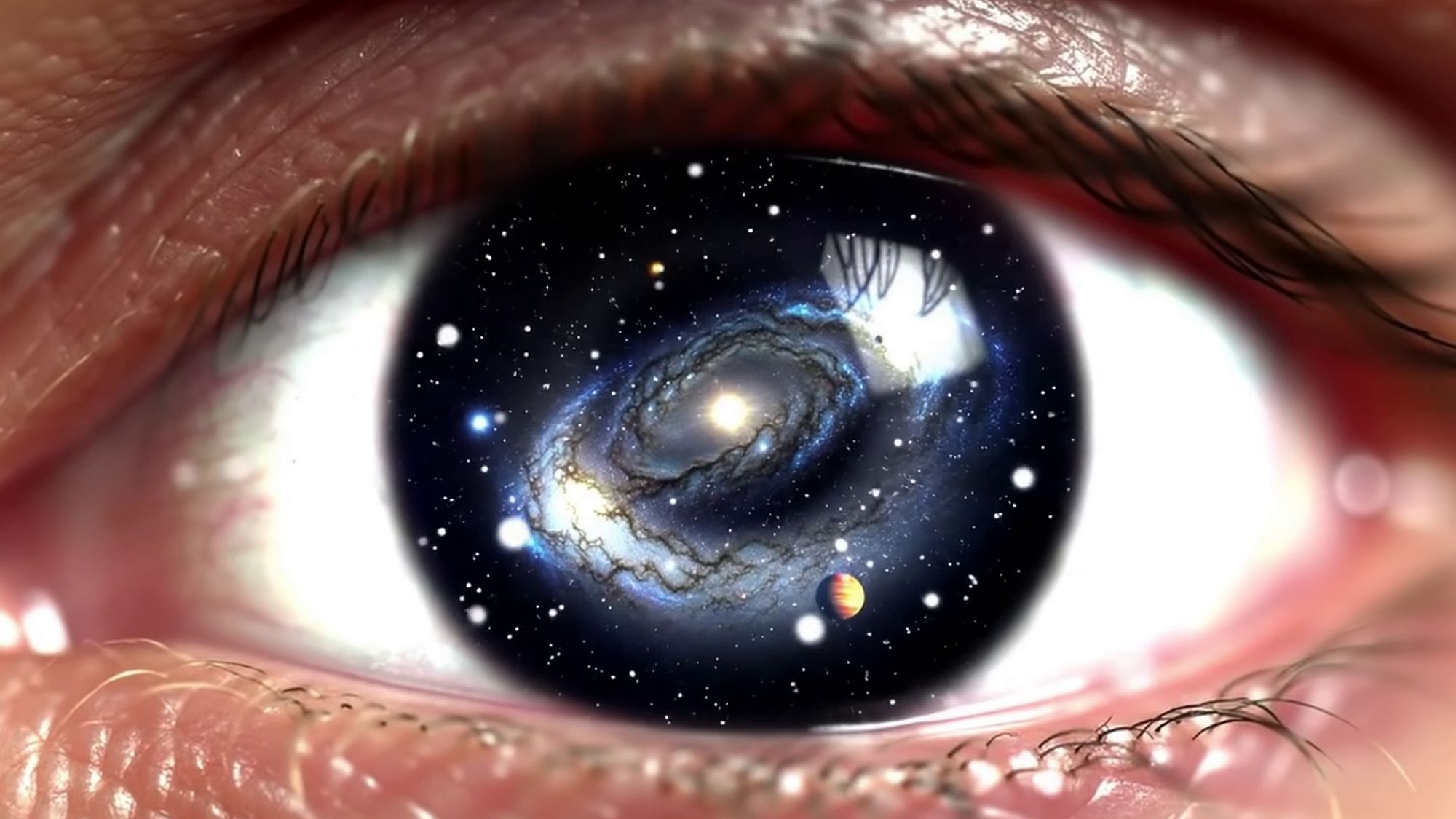
I would show them my pulsar map. Astronomer and astrophysicist Frank Drake designed the map, working with fellow astronomer Carl Sagan and artist and writer Linda Salzman Sagan. The pulsar map shows the location of our sun relative to known pulsars. This map was placed on the interstellar space probes Voyager 1 & 2 in 1977.
The map is slightly inaccurate because of a rounding error on one pulsar, but its better than nothing.
Whether or not to have a tattoo of it is debatable. A dog tag may be easier to carry.

The Magic About Pulsars
Discovered in 1967 by Northern Irish astrophysicist Jocelyn Bell Burnell, pulsars were described by Antony Hewish to be the remains of collapsed suns.
For reasons not entirely understood they emit pulses of radio waves (and like lighthouses sometimes visible light) with the accuracy of atomic clocks, staying active for billions of years. It has something to do with magnetic fields.
Frank Drake drew the pulsar map using 14 pulsars that were known in the early 1970’s. Today we know of many more pulsars but they are not as powerful and bright. Frank Drake’s original pencil-drawn pulsar map today lives in an old tomato box at home.

Each pulsar is connected to the sun by a solid line. The length of the line represents the pulsar’s approximate relative distance from the sun.
Etched along each of the pulsar lines are vertical and horizontal dashes that represent a binary number that can be converted into a decimal.
When multiplied by a known measure of time, that number reveals the frequency of the pulsar—how fast it spins and flashes.
Successfully decoding the map would unambiguously pinpoint the sun’s position and the time frame of the spacecraft’s launch.
This is an article by the “Contact Project”.
We can be found on https://contactproject.org.
The Contact Project is also on reddit: https://reddit.com/r/contactproject
Reference:
How to Read a Pulsar Map
https://www.pbs.org/the-farthest/science/pulsar-map/



